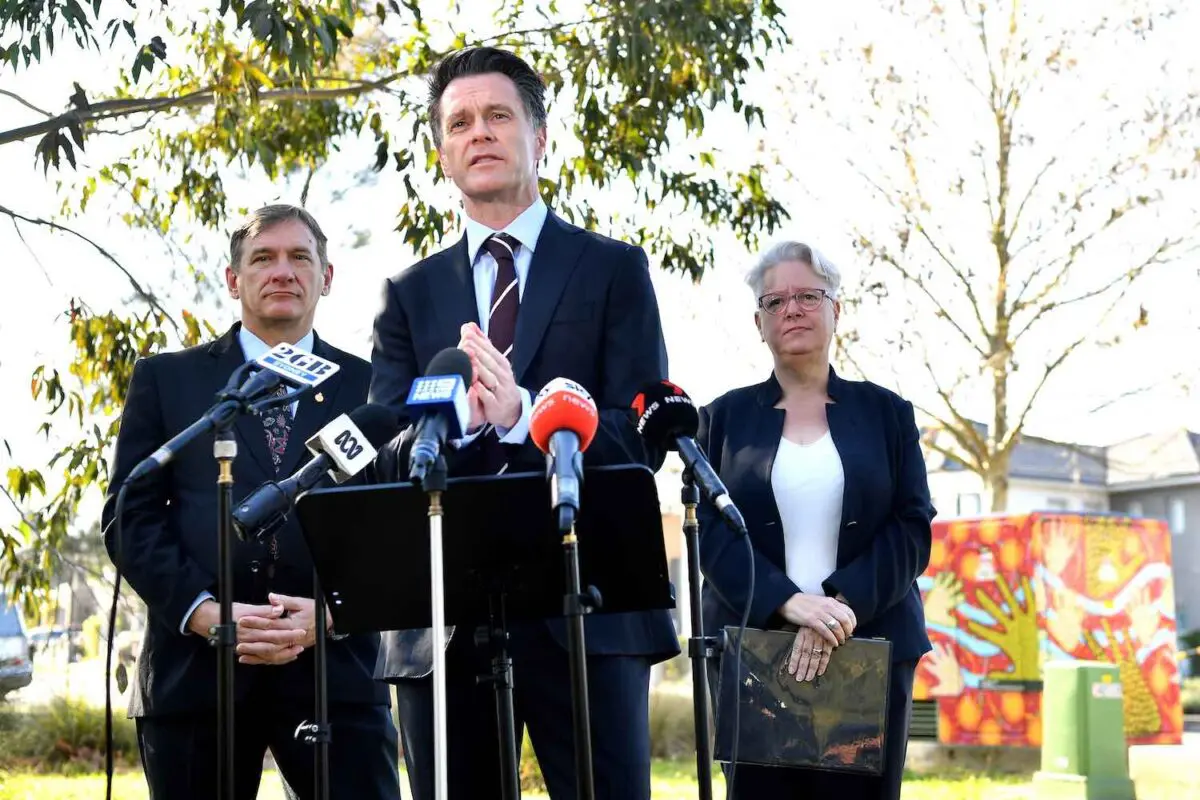The New South Wales Labor government has confirmed it will turn to consumers and local and shared storage as part of its plans to spend $1.8 billion to fast track its response to the proposed closure of the country’s biggest coal generator in two years time.
The Minns Government on Wednesday outlined a $1.8 billion “boost” to help “rescue NSW’s energy transition”, and fill the gap that will be created by Origin Energy’s planned closure of the 2.88GW Eraring coal facility in August, 2025.
The Australian Energy Market Operator has said that if government tenders for nearly a gigawatt of “firm power” and other renewable and storage projects are delivered on time, then there should be no breach of the country’s tight reliability standards.
But NSW – fearing delays in project delivery and commissioning – has decided to fast-track other measures that could boost the capacity and reliability of the grid over the short term.
The $1.8 billion package – announced at the site of a new community battery at Blacktown in western Sydney – includes a previously announced $1 billion to establish the Energy Security Corporation.
This was largely seen as a vehicle to support pumped hydro storage, which hasn’t been able to compete with batteries even when the guidelines require eight-hour storage.
Pumped hydro is still a focus, but what’s interesting about the new announcement is the emphasis on consumer energy resources, which flows from the O’Reilly “health check” of the grid, and the recommendations of any number of energy experts in the last few months.
The government says the ESC funding could include investing in community batteries and virtual power plants that will allow households and communities to pool electricity generated from rooftop solar, reducing their reliance on the grid and cutting their power bills.
The government says the ESC funding could include investing in community batteries and virtual power plants that will allow households and communities to pool electricity generated from rooftop solar, reducing their reliance on the grid and cutting their power bills.
“This additional $1.8 billion investment puts the renewable energy roadmap back on track. It will accelerate the transition to renewables, to ensure NSW households and communities have a reliable supply of clean, affordable electricity,” state energy minister Penny Sharpe said in a statement.
“We’re not just investing in large, grid-scale projects. We want to give households and communities more power to make choices about how they generate and use energy.
“That’s why the Energy Security Corporation will invest in projects like community batteries to help more households use their rooftop solar to become self-sufficient.”
Sharpe told reporters that there was 5GW of solar on rooftops across the state. “We want to harness that …. there is a huge opportunity here. This small unit behind us is helping us to share solar power.
“This is the way of the future. We’re moving beyond this kind of baseload, always on power to many different types of power, whether it’s solar, whether it’s wind, and whether it’s rooftop, all of those things.”
The funding also includes $800 million to accelerate work on the state’s network of renewable energy zones, including funding early works in the first of these in the Central West-Orana region around Dubbo, which is running late and over budget.
“We are way behind in that endeavour,” premier Chris Minns told reports on Thursday morning.
This renewable zone, the first in NSW, is expected at its peak to support around 5,000 construction jobs and bring up to $10 billion in private investment in the region by 2030.
The funding will also maintain momentum in the other planned REZs, the Hunter Transmission Project and the Waratah Super Battery.
The government said these grid investments will be ultimately recouped from the private sector developers of the REZ projects once projects reach financial close. That money will then recycled back into the facility to support the development of future REZ projects.
The government also said it will submit the Environmental Impact Statement for the CWO zone to the Department of Planning and Environment this month for approval, and it will go on public exhibition within weeks.
The results of the government’s next series of tenders for renewables and storage are also expected to be announced in the next month or so.
This includes 930MW of “two hour” storage – expected to be mostly big batteries – that is designed to fill in a gap identified by the market operator in evening peaks.
The results of another tender for 1GW of wind and solar projects, and up to 600MW of “eight hour” storage is also due around the same time, while yet another tender for similar amounts of new generation and storage will be launched.
The government aims to deliver the legislated target of 12 gigawatts of new renewable energy generation and 2 gigawatts of long duration storage by 2030 to replace the coal fired power stations that are all expected to retire in the next decade.
“We inherited a renewable energy roadmap that was off course,” Premier Chris Minns said in the statement.
“We’re determined to get NSW back on track when it comes to the energy transition, and this announcement is part of that. We need to get back on track so that we can produce cleaner, more affordable energy for the people of this state.”
You can listen to an interview with Sharpe in the latest episode of RenewEconomy’s weekly Energy Insiders podcast.










